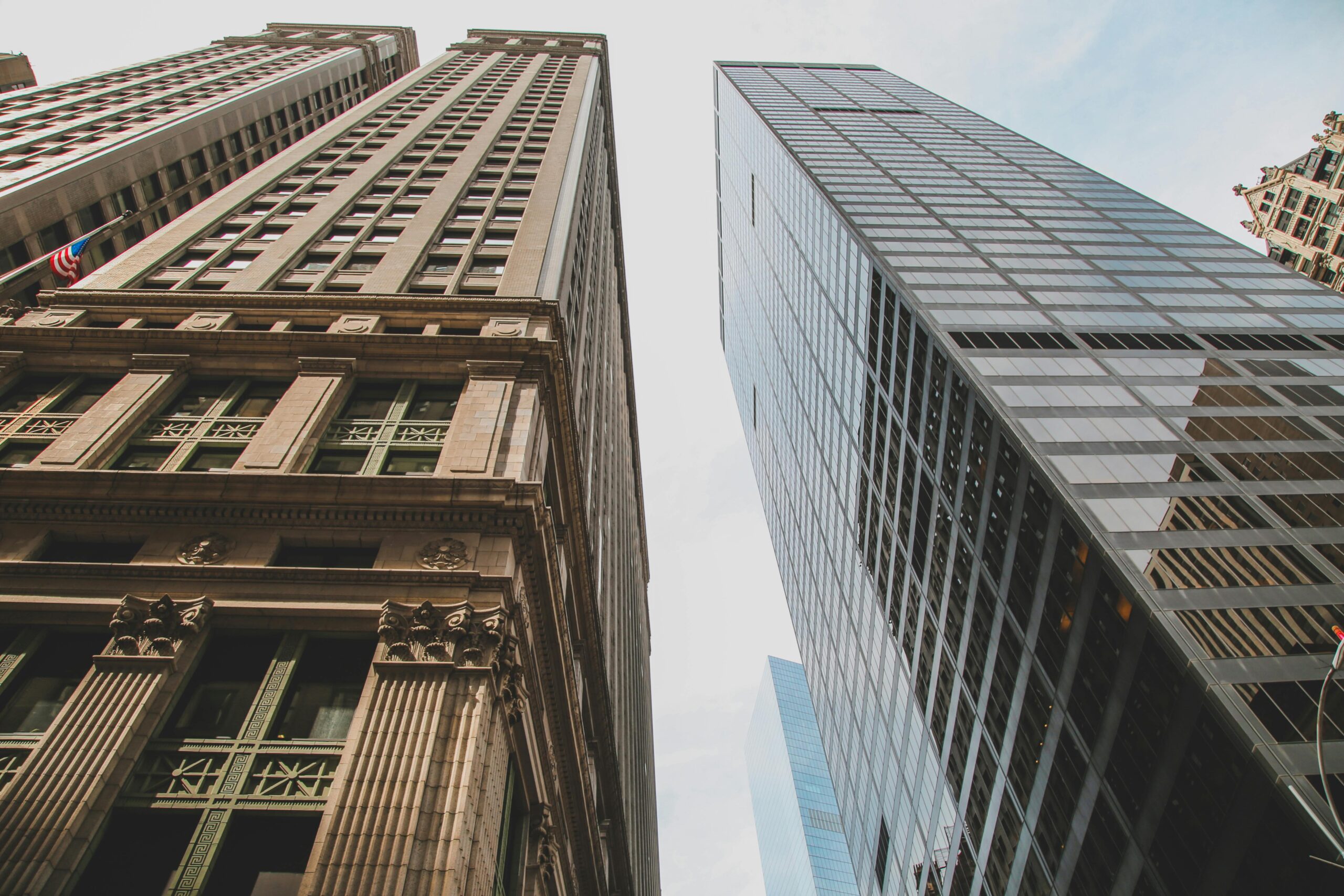New York City is home to some of the most architecturally and culturally significant commercial buildings in the world. From Beaux-Arts masterpieces to early 20th-century skyscrapers, these historic structures contribute to the city’s identity and charm. However, owning and maintaining a historic commercial property in NYC comes with unique challenges that require thoughtful planning, compliance, and expertise. Here are the key considerations every property owner or manager should keep in mind.
1. Landmark Status and Regulatory Compliance
Many historic buildings in NYC are designated as landmarks by the Landmarks Preservation Commission (LPC). This designation protects the building’s façade and often its interior architectural features. Any renovations, repairs, or even routine maintenance may require LPC approval. Failure to comply with these regulations can result in fines and delays. Before initiating any work, owners must consult with preservation professionals and submit appropriate applications to the LPC.
2. Preserving Architectural Integrity
Maintaining the architectural integrity of a historic building is both an aesthetic and functional responsibility. Materials such as original stone, terra cotta, brickwork, wood trim, and metal fixtures need specialized care. Using modern replacements can undermine the historic value of the property and violate LPC guidelines. Owners should work with contractors and architects experienced in historic preservation to ensure that repairs and restorations match the original craftsmanship and materials.
3. Upgrading Systems Without Compromising Character
Modern commercial tenants expect efficient HVAC systems, reliable plumbing, and updated electrical wiring. Retrofitting a historic building with these systems can be tricky, as it often involves navigating narrow chases, preserving decorative moldings, and avoiding damage to structural elements. Solutions must strike a balance between modern functionality and historic preservation, often requiring custom installations or concealed infrastructure.
4. Routine Maintenance and Preventive Care
Preventive maintenance is crucial in historic buildings to avoid costly deterioration. Regular inspections of the roof, windows, masonry, and foundation help detect issues early. Water infiltration, for example, can cause significant damage to plaster, wood, and stone if not addressed promptly. Establishing a preventive maintenance schedule helps preserve the building’s condition and ensures code compliance.
5. Insurance and Risk Management
Historic buildings often have higher insurance premiums due to their age, complexity, and replacement value. Owners should work with insurers who specialize in historic properties to ensure comprehensive coverage, including protection against damage during renovation. Risk assessments should also account for fire hazards, outdated wiring, and accessibility issues that may not meet current codes.
6. Sustainability and Energy Efficiency
Improving energy efficiency in historic buildings is a growing priority, especially with New York City’s Local Law 97 requiring reduced carbon emissions. However, changes like installing new windows or insulation must be handled sensitively to avoid altering the building’s appearance. Preservation-friendly energy upgrades—such as storm windows, LED lighting, and energy-efficient HVAC retrofits—can enhance sustainability without sacrificing character.
Final Thoughts
Owning a historic commercial building in NYC is both a privilege and a responsibility. It requires a deep appreciation for the past, a commitment to preservation, and a clear understanding of local regulations. By investing in proper maintenance and preservation practices, property owners not only protect a piece of New York City’s legacy but also enhance the long-term value and desirability of their asset.

